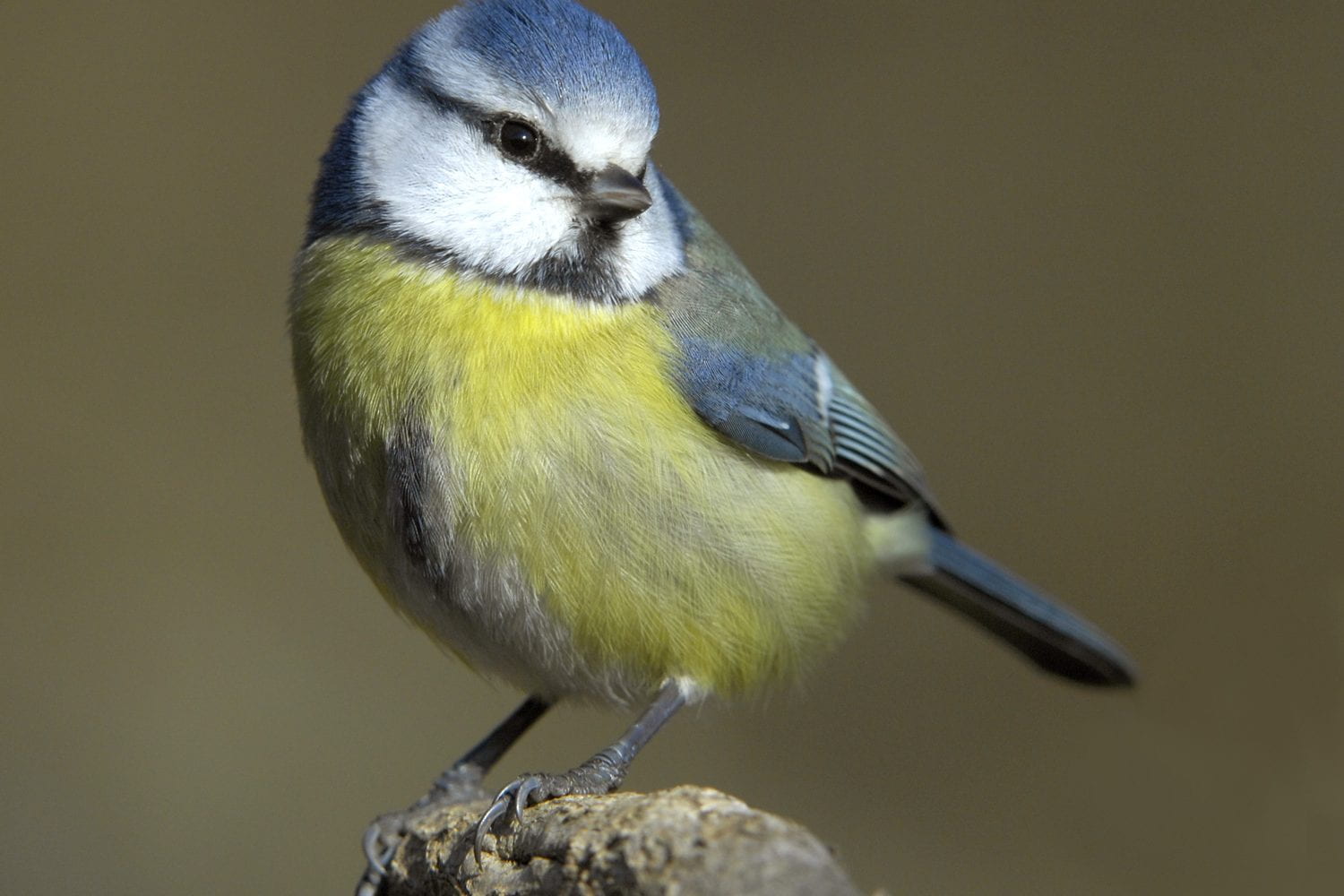
The use of nest boxes to support bird conservation
Eliza Thompson, Luke Kelly and Rod Keenan have a new paper on nest boxes and animal conservation in the journal Forest Ecology and Management.
Nest boxes are widely used to supplement natural tree cavities used by fauna, particularly in “working lands” where large, old trees are cleared or harvested.
Eliza led a systematic review to provide a global overview of the scientific literature on nest boxes and bird conservation within commercially managed forests.
A few highlights:
- Through systematic review we identified 76 studies exploring the influence of nest boxes on birds in commercially managed forests, ranging from studies of individual birds to whole communities.
- Insectivorous birds were the most common reported users of nest boxes, and studies that incorporate a before and after period provide one line of evidence that nest boxes enhance bird occupancy and survival. However, only a small number of bird species have been observed using nest boxes and most studies were conducted within pine-dominated forests in Europe and North America.
- We recommend future research to develop knowledge of a wider range of bird taxa and commercially managed forest types.
- We also advocate for testing different types of nest box designs, materials, and spatial arrangements to improve conservation outcomes. This will help to ensure nest boxes, in combination with ecological restoration and a suite of other conservation actions, enhance biodiversity and the ecosystem functions provided by birds, such as pest control.

Categories
- Uncategorised